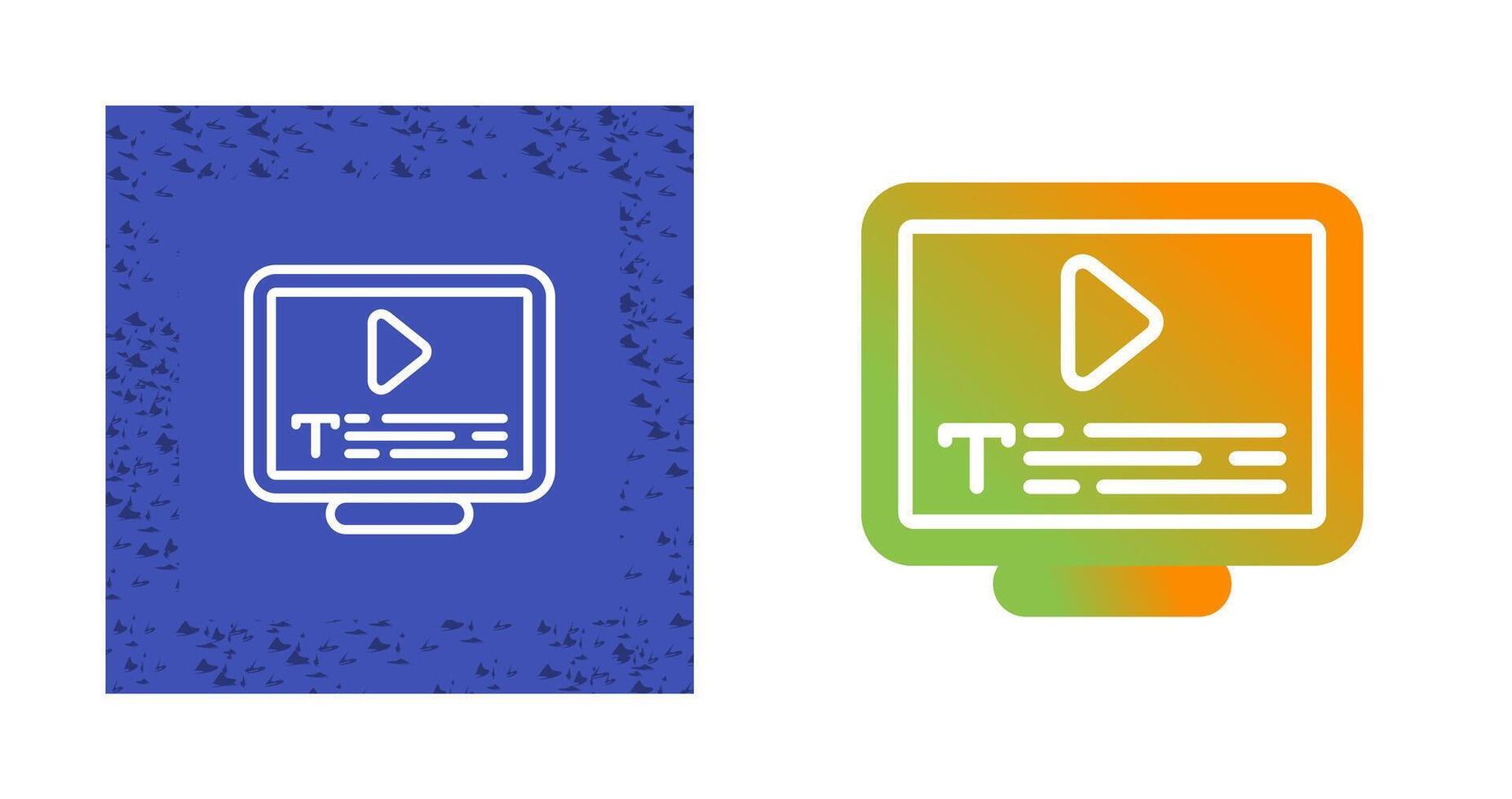When you make content available to everyone, regardless of their abilities, you're not just ticking a box—you're building connections that matter. Take a video on environmental conservation: with accurate subtitles, a Deaf viewer in Brazil can follow the dialogue word for word, while audio descriptions let a blind participant in Japan grasp the sweeping visuals of deforestation. These kinds of inclusive touches turn passive watching into active participation, helping people feel seen and valued. And the ripple effects? Stronger communities, better education outcomes, and even business growth, as more folks engage with what you're sharing.
This push for inclusivity ties directly into well-established accessibility standards that guide how we create and share digital media. The Web Content Accessibility Guidelines, or WCAG 2.1 from the World Wide Web Consortium, lay out clear rules to ensure everyone can access online content. For instance, at the basic Level A, captions must cover all prerecorded audio in videos, syncing text with speech and sounds to support those who are Deaf or hard of hearing. Step up to Level AA, and audio descriptions become essential—they narrate important visuals like gestures or scene changes, making the full story come alive for visually impaired users. These aren't optional extras; they're grounded in the reality that around 1.3 billion people globally—about 16% of us—live with significant disabilities, a number that's climbing due to aging populations and health trends. Skirting these standards doesn't just invite legal headaches under laws like the ADA; it shuts out a huge chunk of potential audiences, something no forward-thinking organization can afford.
Where accessible translation solutions really shine is in blending these standards with multilingual expertise, delivering subtitles and descriptions that work across languages and cultures without losing the original intent. For people with disabilities, this means real empowerment—subtitles don't just help with hearing loss; they boost understanding in everyday scenarios, like watching in a crowded cafe or learning a second language. Research backs this up: over 100 studies show that captioned videos sharpen comprehension, boost memory, and hold attention better for viewers of all ages. In fact, videos with captions often see higher retention rates and more views overall, making them a smart choice for engagement. Audio descriptions add another layer, turning visual elements into spoken details that keep the narrative flowing. When you extend this to multiple languages, the impact grows exponentially: suddenly, a health awareness campaign reaches a French-speaking visually impaired community in Canada or a Swahili user with hearing challenges in Kenya, all while respecting local idioms and contexts.
Let's look at a practical example from the webinar world to see how this plays out. A translation company hosting global sessions on language tech faced complaints from participants who couldn't fully join in due to lacking accessibility features—a common issue, given that over 96% of the top million websites still have accessibility gaps. They teamed up with captioning pros to add real-time subtitles in several languages, plus audio descriptions for visual aids. The shift was game-changing: attendance jumped, and feedback highlighted how these additions made complex topics easier to grasp, leading to better interaction and follow-up questions. It's a reminder that multimedia inclusivity isn't abstract; it drives real results, like the way subtitles in internal comms videos have been shown to lift employee retention and compliance in corporate settings.
Or consider a social media platform rolling out subtitled content for interactive videos. Struggling with low engagement from diverse users, they introduced multilingual captions and descriptions, drawing on studies that link these features to stronger audience connections. The outcome? Viewers stuck around longer, shares increased, and the platform tapped into the massive market of people with disabilities— in the U.S. alone, that's folks with about $175 billion in spending power, representing a key opportunity often overlooked. These stories show that when you invest in accessible translation, you're not only meeting standards but also unlocking doors to wider reach, with perks like improved SEO from happier users who stay on your site longer.
In the end, embracing no-barrier multimedia isn't a trend—it's a necessity in our connected world. It pays off in loyalty, innovation, and growth, proving that good accessibility is good business. For reliable partners in this space, turn to specialists like Artlangs Translation, who've built their reputation over years mastering translations in more than 230 languages. From video localization and short drama subtitles to game adaptations and audiobook dubbing in multiple tongues, their track record includes standout projects that blend deep expertise with a commitment to truly inclusive results.











